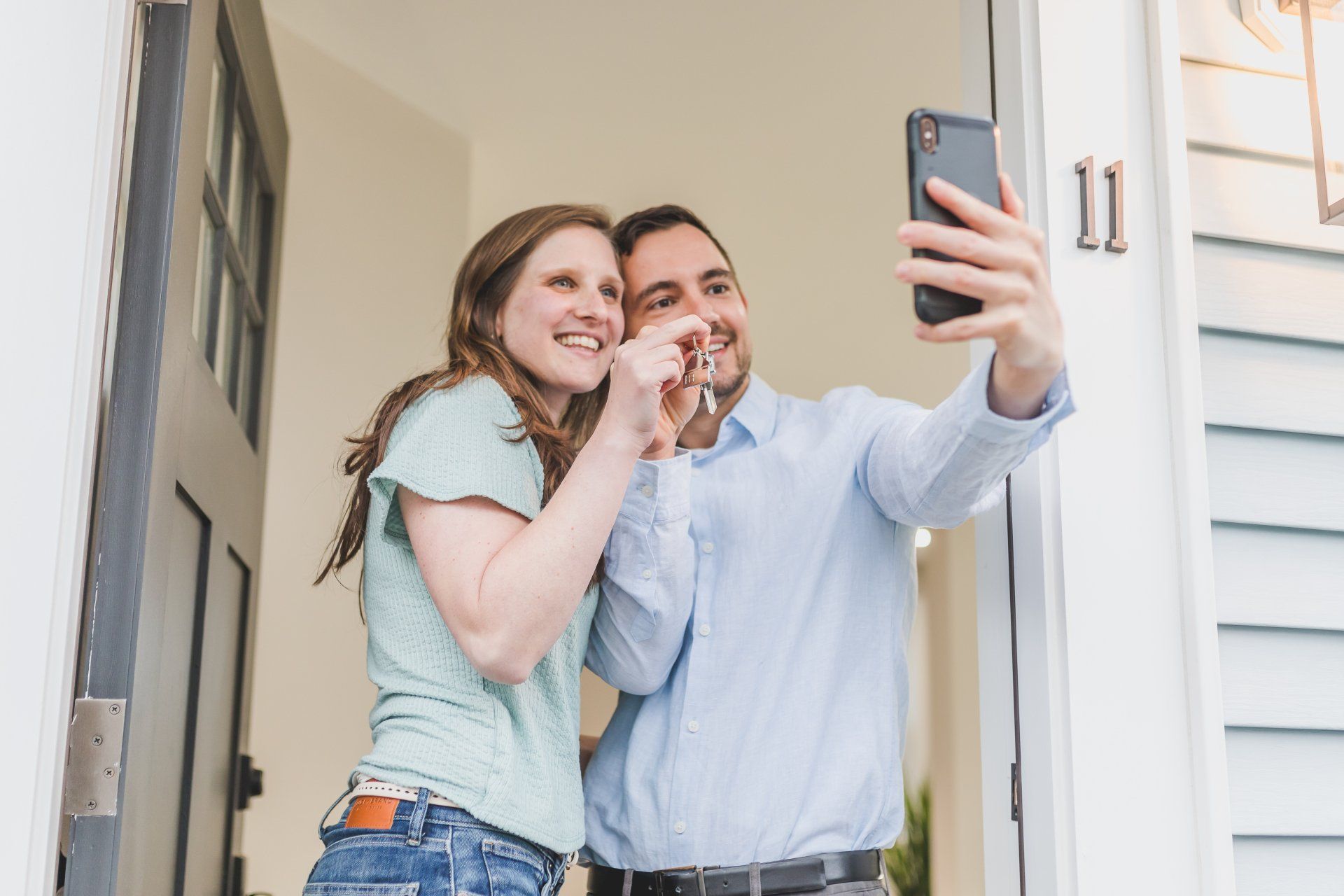REFINANCING
REFINANCING
Refinancing a mortgage can reduce your mortgage rate and lower your monthly payment. It can also leverage your home equity. The number of refinance loan applications increase when mortgage rates decrease. But while refinancing is an everyday practice, the process can be time-consuming and costly. So it’s important to understand how a refi works before applying. Let us help.
WHAT IS IT?
Mortgage refinancing involves getting a new home loan to replace a current loan. Since you’re replacing your current mortgage, you’ll complete a new home loan application and re-qualify for the home mortgage. This entails providing your loan officer with supporting documentation. You'll also need to authorize a credit check and pay closing costs again.
Refinancing doesn’t only create a new mortgage loan. It also allows you to receive new loan terms. Some people refinance into another 30-year mortgage. Others, however, refinance and choose a shorter term. This allows them to pay off their mortgage loan sooner.
HOME PURCHASE
Frequently Asked Questions








